Van Halen's "Fair Warning" Gets the Mofi One-Step Treatment
Spoiler Alert: Michael Anthony is in Van Halen!
It’s funny. When you have a large record collection, people always want to hear the obscure, professorial selections when dropping by for an impromptu listening party. And I’m into that for sure. But there has always been a part of my brain that thinks, “Let’s just crack a beer (or several) and listen to Fair Warning!” The problem, as many of you already know, is that Van Halen always sounded way better played over a crappy car stereo or blasting out of Radio Shack headphones plugged into a Sony Walkman. Put this incredible achievement on a turntable and disappointment ensues… every time. Hence, the audiophiles who drop by my place rarely hear any Van Halen. That’s a bigger loss than it seems since, at 52, I grew up with Van Halen. In the 80’s they were delightfully unavoidable and Eddie Van Halen’s guitar work mystified and inspired me to no end. As a band, they are a bundle of paradoxes: They were as crass and immature as they were potent and skilled. It’s the joke you marvel at yet struggle to retell.
Enter Mobile Fidelity’s One Step treatment of their catalog. They start with the 1/4", 30 IPS analog master, transfer it to DSD 256 and then run it through an analog console and out to the lathe. “But, it’s been converted to digital!” I hear it chanted as an angry Greek chorus to an audiophile tragedy. But, when you hear this album in this particular presentation, I think you’ll forgive the 1’s and 0’s. Funnily, most Van Halen fans universally claim this to be the ultimate achievement in their catalog. I’m no different. There’s nary a clunker in the mix, and it’s just oozing with darkness, verve and adolescent hijinks. In other words, it’s a slayer of a rock record. There’s even a topical song on the dangers of matrimony replete with biblical allusions and a healthy dose of ennui. DLR! who knew?
My main reaction- which was consistent across all tracks- was, “My God, I can hear the bass!” For the first time, one can really hear what Michael Anthony was doing on these records. This is an age-old gripe for Van Halen fans. As such, he is certainly one of the most criminally underrated bassists in rock. Mega fans will argue that Eddie wrote every note of his playing. Others will say that on early Van Halen records he was purposefully turned down to emphasize guitar and drums. I wasn't there, so I have no clue. But what I can tell you is that the bass is balanced on this effort. And, at times, it’s huge and very effective! I see no evidence that this album was remixed in the literature that accompanies this slick double 45 rpm box set. As a result, I’ll have to infer that the bass was EQ’d into the album.
Of course, one can nitpick. Is the bass clarity what you’d expect to hear on a Police album from the same era? That’s a big no. Can there be a murk at times? Yes. Though, in general the bass sounds balanced, and when the rhythm section is carrying the song like during the guitar solo in “Hear About it later”, one can really feel the gravity of Michael Anthony’s influence. And “Sinner’s Swing” is really the track to judge this new presentation. There’s that stunning rhythm guitar and vocal break that follows Eddie’s solo that has never sounded fatter or more alive. And when the full band rejoins, the newly elevated bass works its magic in congress with Alex Van Halen’s explosive drumming. It’s just so physical and so right.
Funnily, Michael Anthony’s other strength comes in the form of his backing vocals. He may thunder on his instrument, but when he sings, it’s that unmistakable high part in all those harmonies. Yet, I found the backing vocal EQ to be solid but not startlingly great on this release. They always sound good, but I’m wondering if some of the bass equalization affected the clarity and punch of what we hear on the backing vocals on the MoFi edition. When I listen back to my Chris Bellman 2015 cut, the backing vocals have a presence that really makes them jump. In fact, everything is quite present on that pressing. However, the lack of bass takes much of the physical quality of Van Halen’s sound down enough notches to make you feel the album much less. And Van Halen is very much a band you must feel to understand. Although the MoFi pressing is very natural sounding and balanced, what it really does is give listeners more of everything over the original and the Bellman cut: There is a high and low end extension on the Mofi that just makes it sound bigger when compared to the other cuts. Yes, there are moments where the bass isn’t as focused as I’d like, but everything still works quite well. The crystalline clarity to the upper regions is more evident on Chris Bellman's cut, but there is a width, extension, and smoothness on the Mofi that just sounds more real and less grating. Add to this the dead quiet pressing on MoFi’s SuperVinyl, and you really have something. Also remember, this was recorded live at Sunset Sound over the course of a week and, gloriously, it finally sounds that way.
My original pressing sounds somewhat lifeless and has very little of the physicality and impact that the One-Step provides. As such, it sits on my shelf in a way that my original pressings from favorite bands rarely do. Now I just need to raid my son’s college fund to buy the rest of Van Halen’s catalog as they become available.




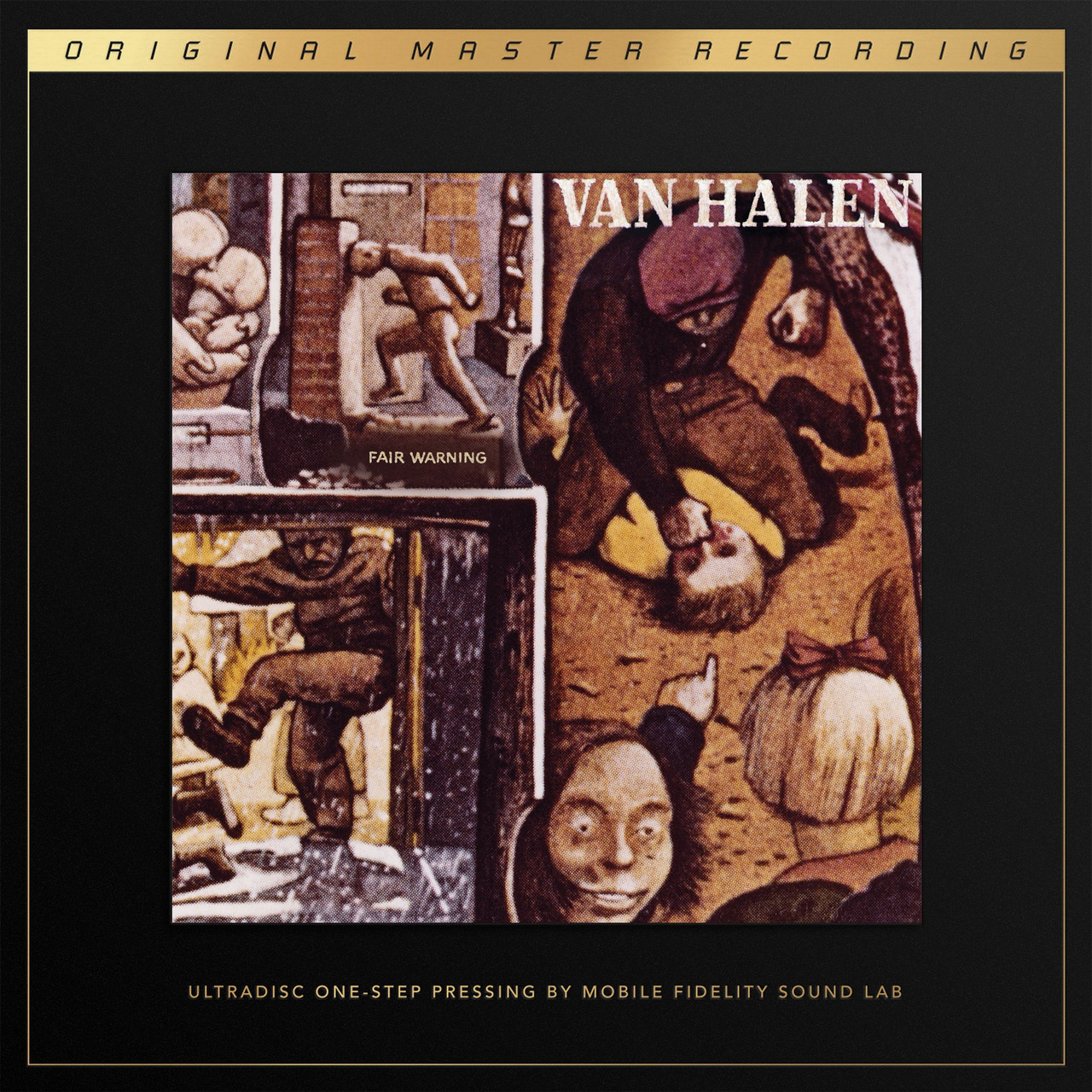





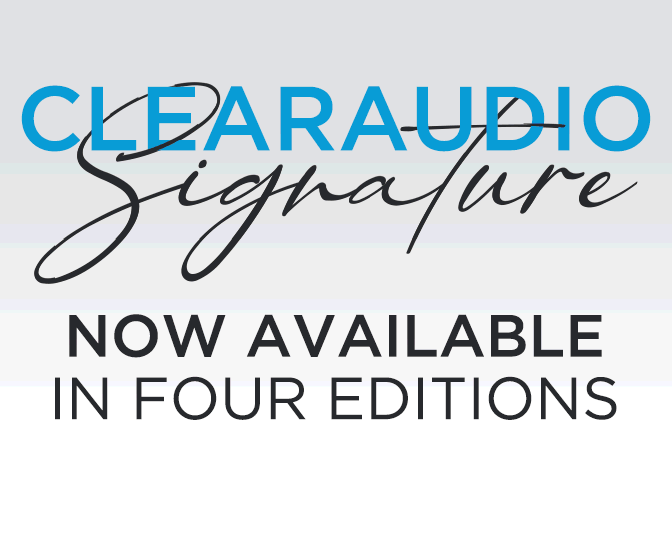


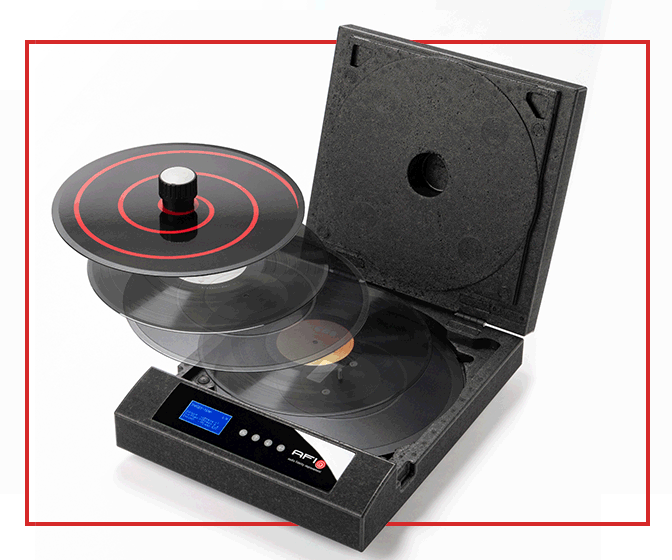


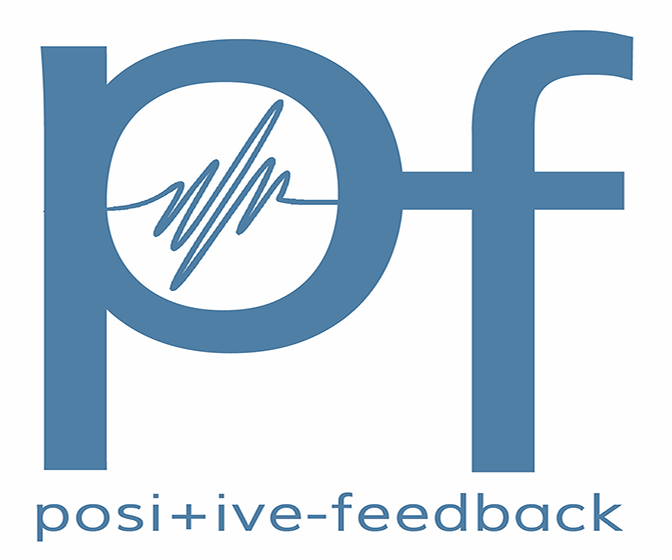




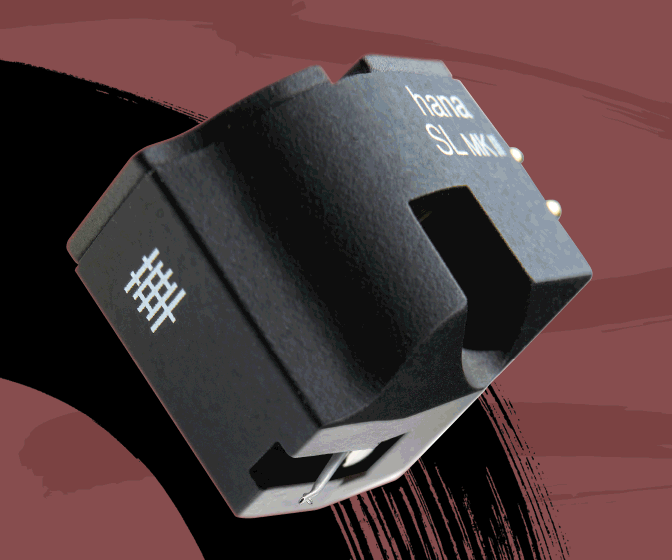








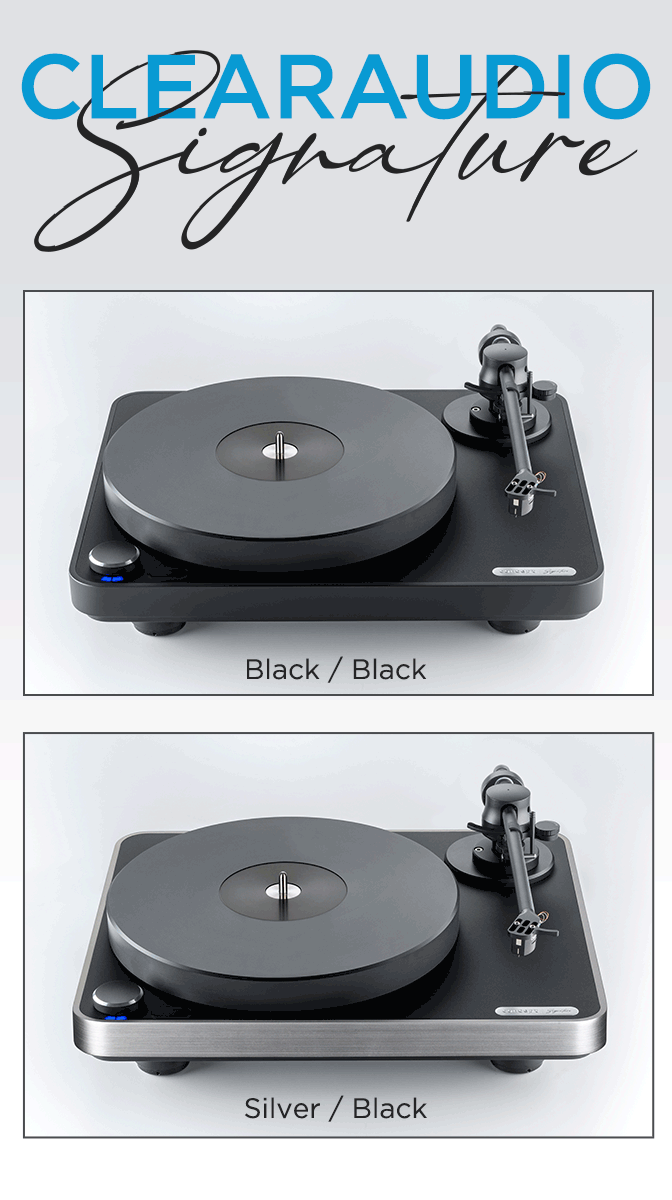



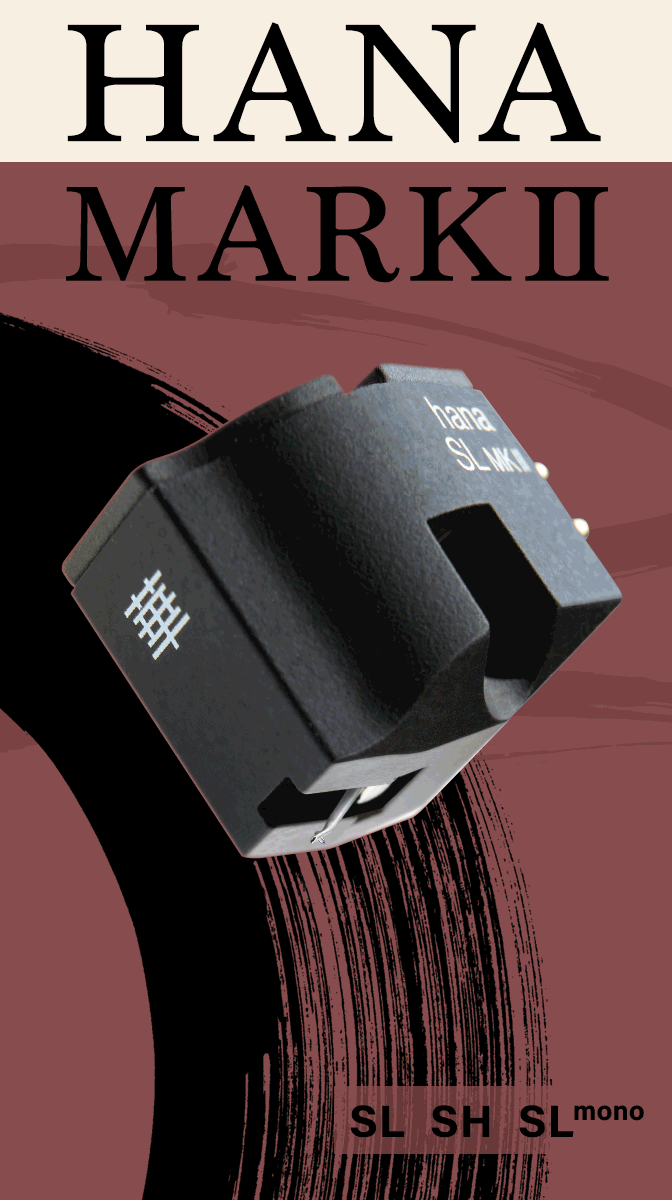


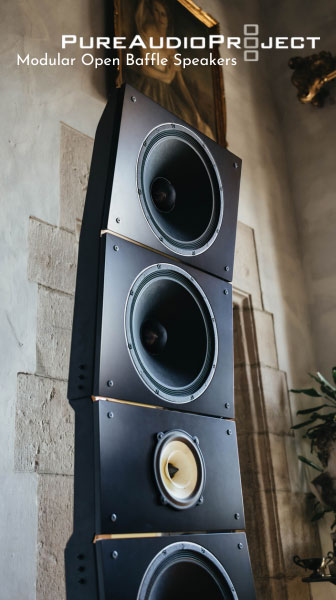






.png)








